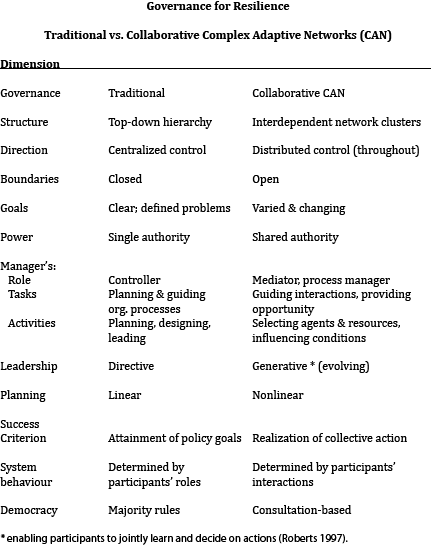Although governance is not a new term when we consider corporate, political, economic and development models, it appears to wear different masks in different arenas. Whatis.com defines corporate governance as the rules, processes or laws by which businesses are operated, regulated and controlled. Similarly, the Institute of Governance advocates that
governance determines who has power, who makes decisions, how other players make their
voice heard and how account is rendered. Ultimately the application of good governance serves
to realize organizational and societal goals.

Although these definitions don’t specify ethics or corporate social responsibility, we see increasing consideration for both given the past decade’s corporate scandals over power abuse and criminal activities.
Very likely as a response to unethical and illegal corporate acts, the Canadian Coalition for Good Governance (CCGG – The Voice of the Shareholder) was formed in 2003 “to promote good governance practices among Canadian equity issuers.” The CCGG’s best practice guidelines for a high performance board of directors are listed below.
High Performance Boards:
Are accountable and independent –
1. Facilitate shareholder democracy
2. Ensure two thirds of directors are independent of management
3. Separate Chair and Chief Executive Officer roles
Are experienced, knowledgeable and effective with the highest level of integrity –
4. Ensure competent and knowledgeable directors
5. Ensure every director makes integrity the hallmark of the company
6. Mandate board committees and ensure committee independence
7. Establish reasonable compensation and share ownership guidelines for directors
8. Evaluate board, committee and individual director performance
Have clear roles and responsibilities –
9. Oversee strategic planning, risk management, hiring and evaluation of management
10. Assess the Chief Executive Officer and plan for succession
11. Develop and oversee executive compensation plans
Engage with shareholders –
12. Report governance policies and initiatives to shareholders
13. Engage with shareholders within and outside the annual meetings
Guidelines 2 to 12 are standard accountability practices while guidelines 1 and 13 are feeble attempts at managing ethical and social responsibility. As illustrative examples talking about what ‘should be’, they do not ‘walk the talk’ by role modeling the actual steps needed to get there. In today’s complex environment, what does facilitating shareholder democracy mean and how would one implement it? What does engaging with shareholders look like? Interestingly, nowhere in these guidelines is collaboration mentioned and yet everywhere I turn I read about how challenged organizations and communities are with coordinating collaborative innovation and problem solving.
After five years of action research on a California water planning and management process (CALFED), Booher and Innes (2010) maintain that a self-organizing complex adaptive network (CAN) guided by collaboration can be a high performing system. However, a collaborative network cannot function effectively with a traditional governance framework. The table below depicts the authors’ view of what resilient governance looks like for collaborative complex adaptive networks (adaptive enterprises).
Very likely, each of us experience both traditional governance and collaborative CANs in our day-to-day worklife and will continue to do so for some time. That being said, which governance environment in your experience allows you to better fulfill your potential as well as that of your organization? How can you begin to bring more of this experience into your current workplace?
Sources:
Booher, D. E. 2008. Civic engagement as collaborative complex adaptive networks. Pages 111–148 in K. Yang and E. Bergrud, editors. Civic engagement in a network society. Information Age Publishing, Charlotte, North Carolina, USA.
Booher, D. E., & J. E. Innes. 2010. Governance for resilience: CALFED as a complex adaptive network for resource management. Ecology and Society 15(3): 35. http://www.ecologyandsociety.org/vol15/iss3/art35/
Roberts, N. 1997. Public deliberation: an alternative approach to crafting policy. Public Administration Review 57:124–132.





